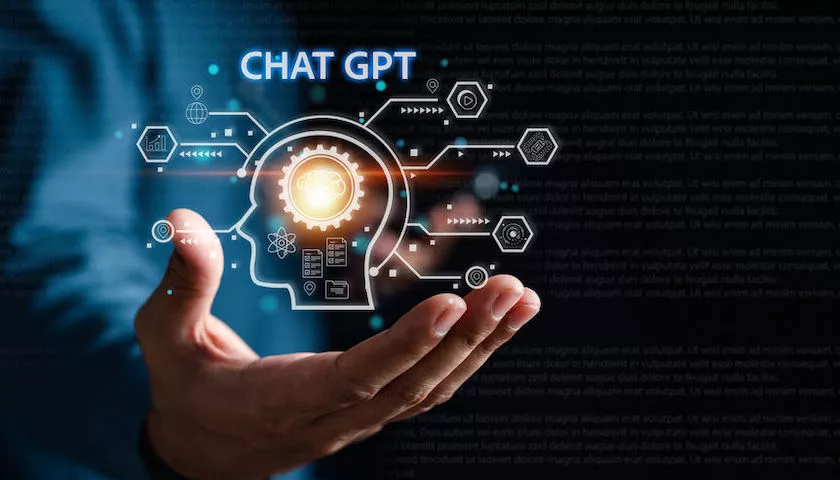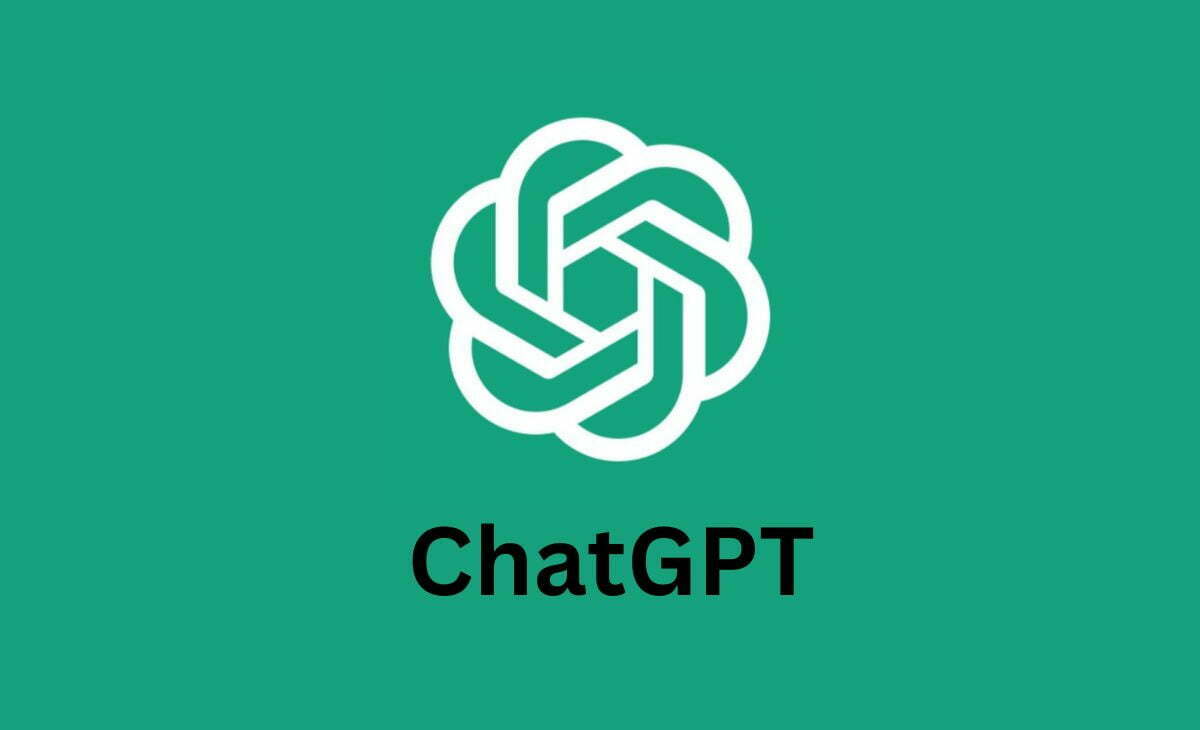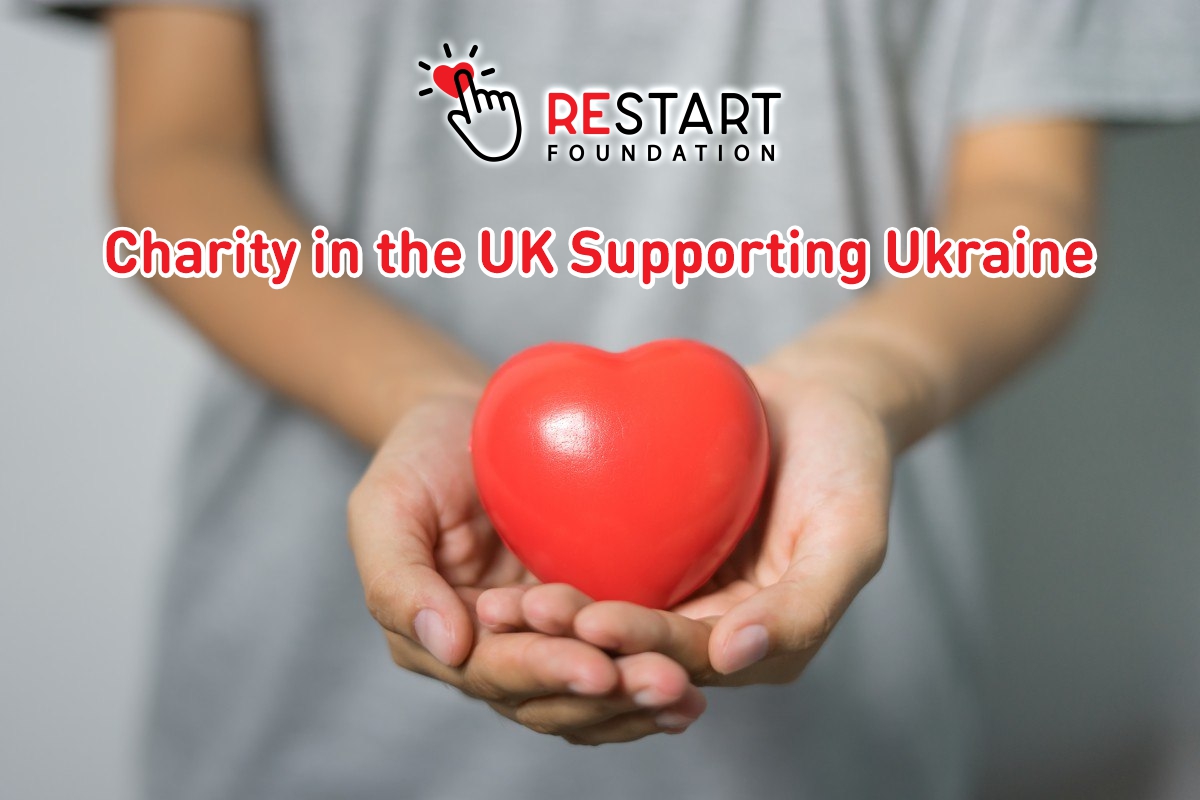Sure! ChatGPT is a type of AI designed for conversational purposes. It’s part of the GPT (Generative Pre-trained Transformer) family, which means it’s built on a deep learning architecture capable of understanding and generating human-like text based on the input it receives.
In simpler terms, you can think of it as a computer program that can chat with you, answer questions, engage in discussions, and even provide some level of assistance based on the knowledge it has been trained on. It’s like having a smart conversation partner that’s always ready to talk!
What is Chat GPT and How Does it Differ from GPT?

ChatGPT is essentially a variant of OpenAI’s GPT (Generative Pre-trained Transformer) model, fine-tuned specifically for conversational interactions. While the underlying architecture and principles are the same as GPT, ChatGPT has been trained on a large corpus of conversational data to better understand and generate human-like responses in a dialogue context.
Here’s how ChatGPT differs from the standard GPT model:
Training Data
ChatGPT is trained on a dataset that primarily consists of conversational exchanges, such as online forums, social media conversations, customer service interactions, and more.
This allows ChatGPT to learn patterns specific to human conversations, including nuances like turn-taking, empathy, and informal language usage.
Fine-tuning
After pre-training on a large corpus of text data, ChatGPT undergoes a fine-tuning process where it is specifically trained on conversational data.
This fine-tuning helps the model to adapt its language generation abilities to the conversational context and improve its performance in generating relevant and coherent responses in conversations.
Objective
While the general-purpose GPT models aim to generate human-like text across various domains, ChatGPT is optimized specifically for generating responses in conversation.
As a result, ChatGPT is better able to comprehend cues in a conversational setting and produce suitable answers that fit the current discourse.
How Does Chat GPT Work in Conversational Settings?
ChatGPT operates by processing text input from users, generating responses based on patterns and information learned during training. When you send a message, ChatGPT first analyzes and understands the context of your input, identifying keywords, phrases, and overall meaning to grasp what you’re asking or saying.
Based on the input received, ChatGPT generates a response by drawing from its vast database of text data, considering the context provided by the conversation history, aiming to produce a relevant and coherent reply. The generated response is formulated to sound natural and human-like, leveraging ChatGPT’s understanding of grammar, syntax, and conversational norms to craft responses that flow smoothly and make sense in the given context.
Also, chatGPT engages in a back-and-forth conversation, continuously processing incoming messages and generating responses in real-time, adapting its replies based on the evolving dialogue to maintain coherence and relevance throughout the interaction.
Over time, ChatGPT may tailor its responses based on the user’s preferences, conversation history, and feedback, enhancing the user experience by making interactions more tailored and engaging.
What Are the Applications of Chat GPT in Chatbots and Content Generation?
ChatGPT is a smart computer program that can do a lot of cool stuff with words. It can chat with people like a friend, help write stories or articles, and even answer questions like a teacher. Here are some things it can do:
- Talk to people: ChatGPT can be like a helpful friend you can talk to online.
- Write things: It can help write stories, blogs, or even messages on social media.
- Help with problems: If you have a question or a problem, ChatGPT can try to help you figure it out.
- Translate languages: It can change words from one language to another so people who speak different languages can understand each other.
- Remember what you like: ChatGPT can learn what you like and give you suggestions based on that.
- Find interesting stuff: It can help you find fun or useful things to read or watch online.
- Give writing tips: If you’re writing something, ChatGPT can give you ideas or help make your writing better.
- Make fake examples: It can create pretend examples to help teach other computer programs how to understand language better.
Overall, ChatGPT is like a super smart friend that can help you with lots of different things involving words!”
FAQs
Who is chatgpt? Is it Human?
ChatGPT is not human, but it’s here to engage in conversation! It’s an artificial intelligence developed by OpenAI, designed to chat with people and assist them with questions, tasks, or simply engage in friendly conversation. While it’s not a human, ChatGPT is programmed to communicate in a natural and helpful manner.
Final Words
Chat GPT is a powerful tool for generating human-like text in conversations and various applications. It offers immense potential for improving customer service, assisting with writing tasks, and even creative storytelling.
However, it also faces challenges such as bias in language generation and the need for responsible usage. Despite these challenges, the future looks promising with advancements in natural language understanding and the development of ethical and regulatory frameworks. Overall, Chat GPT represents a significant step forward in conversational AI, with far-reaching implications for how we interact with technology.











